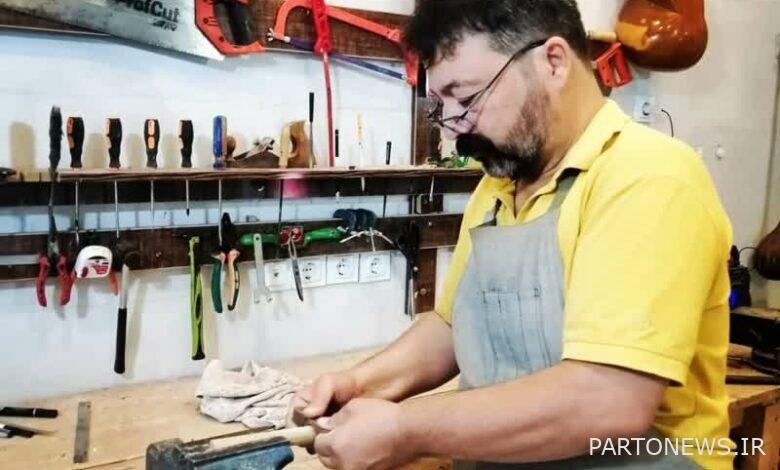Oud, an art from millennia of history

Mansoureh Razavi, an expert on registering the intangible cultural heritage of Khuzestan, wrote in a note: Music is an inseparable part of human life, which has become a cultural and artistic element in human society. From the perspective of anthropology, although music is beautiful and pleasing to the ears, it is considered an art with various functions. Entertaining, the combination of vocal and instrumental sounds is a sign to express feelings, a common language for peace, friendship and social cohesion.
According to Steven Mitten, archaeologist and author of Singing Neanderthals: “In addition to being cohesive in society, music is almost adhesive. Music leads to bonding. The bond between mother and child, the bond between groups that work together or are together for any other purpose, means that all members of the group move together and thereby add to their labor force. It is even said that it was music that created such a bond, not only the family, but the community itself. Therefore, the whole purpose of music may be coherence; Coherence between one family and the next and thus creating the whole organization of society.
The sound of music is inspired by the sound of nature. Instruments have a natural origin and have survived for millennia. Grass, straw, tree wood, bone, animal skin, and bird feathers are all among the most basic tools and materials used in the construction of primitive instruments in indigenous communities, and today they have been transformed into instruments that are known in the world culture. The skill of making oud and playing it is one of the thousands of musical instruments in the world that has passed through the historical past in Iranian culture and although it has undergone changes, it still shows its dynamics until today.
Archaeological studies show that Oud dates back to several thousand years ago, that is, to the civilization of Sumer and the city of Ur. Signs of Oud can be seen in the paintings of historical periods. This instrument was similar and known in Mesopotamia since 2000 BC and in Egypt since 1500 BC. It entered Europe in the 10th century and was considered one of the most popular instruments in Europe during the Renaissance. After Islam, it reached the farthest parts of the Islamic world from China to Andalusia.
Oud is very popular in the Middle East, especially in Iran. Today, this instrument has its own fans in Western countries, East Africa and also in the East. Khwarazmi named this instrument “barbat” in Mufatih al-Uloom and said that it is originally “barbat” meaning the breast of a duck, because its appearance is similar to the breast and neck of a duck; Although some have considered these two different and some have changed.
Oud is a string instrument. The number of wires has been different in different periods. This instrument has short arms and a pear-shaped bowl. It is made in various sizes, which is the usual size of ouds made in Iran. Examples made in Arab countries have a large bowl, Turkish ouds are small, and Iranian ouds are medium. It has ten strings or five paired strings, and of course, sometimes masters break the mold and add two or one string in the lower part before the second string to the instrument. The sound of this instrument is the lowest among Iranian stringed instruments. In describing the sweet sound of oud and the importance of this instrument, it has been mentioned a lot in the oral literature of Iran and in the poems of ancient Persian poets.
There are many oud players in Iran who owe the beautiful sound of their instrument to the art of making it by makers who create with taste, taste and skill. Mr. Mehran Talebi is one of the creative artists and musicians in Khuzestan who is known for this knowledge. He manufactures oud instruments in a workshop located in Abadan and has sent his creations all over Iran to the cities of Tehran, Karaj, Shiraz, Bushehr and outside the borders of Iran.
Talebi’s skill in making oud is such that in 2018, by making a unique oud from poplar wood, he was able to obtain the seal of national authenticity for his precious art due to its originality, quality, and innovation in designing and producing badges. In addition to this work, Mehran Talebi’s other compositions in other instruments had already received the seal of national quality and authenticity.
end of message/

